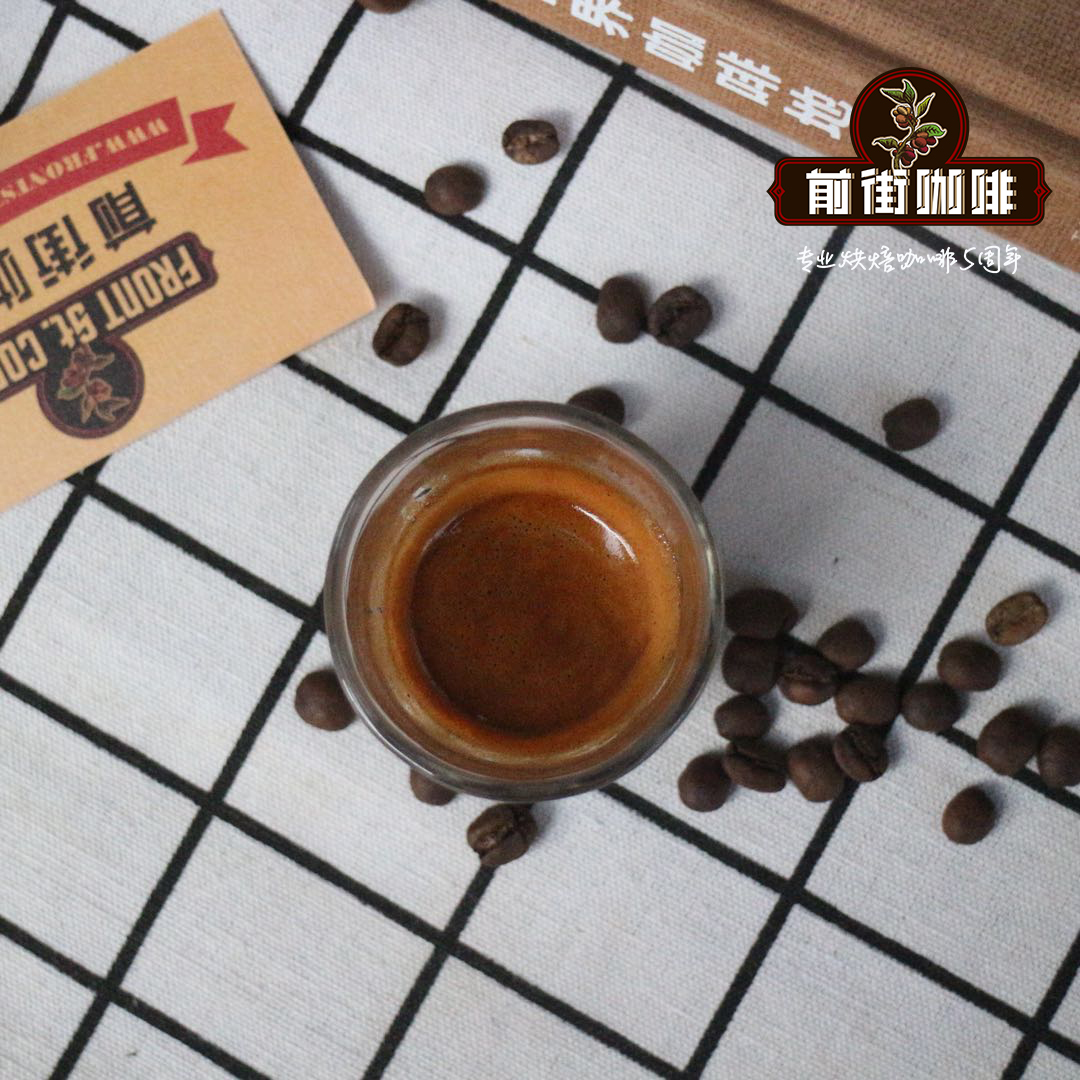Flavor characteristics of Indian Monsooned Wind-stained Coffee the Origin Story of Indian Wind-stained Coffee

Professional coffee knowledge exchange more coffee bean information please follow the coffee workshop (Wechat official account cafe_style)
Indian coffee style coffee:
According to the history of coffee cultivation in India, Islamic pilgrim Baba Budan brought coffee seedlings out of the Arab world for the first time in 1650 and successfully planted them in Chickmagalur (located in the Karnataka district) in South India. Up to now, the coffee produced in this area still has a considerable status among the Indian Arabian species!
India ranks fifth in coffee production in the world, and is the only country where both Robusta and Arabica varieties have both sun treatment and washing treatment, and have normal supply and continuous commercial export.
Indian coffee flavor coffee adopts the Jayanti Plantation AA of Chickmagalur, the oldest producing area in India. This bean comes from the oldest producing area in India, where Saint Baba Budan brought back the coffee to be planted. It has good consistency and fat feeling. It is blended with it as the base, with good balance and cleanliness. It is suitably sweet and not too sharp in acidity, with distinct layers of cocoa and nutty flavors and unique Indian fragrance. It makes this coffee even more mysterious.
The "beautiful mistake" that happened on Indian coffee that year.
Monsooned wind-stained coffee with special historical flavor
In the early years, during the great voyage, Indian coffee was transported to Europe and took more than half a year to arrive. after a long time in the hot and humid environment of the cabin, coffee beans gradually changed significantly in flavor and color. After months of sea breeze, the beans turned yellow, the acidity of the coffee itself decreased a lot, and the taste was very special.
Later, with the opening of the canal and the industrial revolution, the voyage was greatly shortened and the preservation conditions were greatly improved, but many Europeans began to miss the stale coffee under the influence of the sea breeze.
The current wind-stained coffee is produced in the treatment plant on the west coast of India, and the factories face to the west to catch the salty monsoon blowing from the southwest sea. making wind-stained coffee is very time-consuming and time-consuming, with a weathering period of about 12 to 16 weeks.
Roasted Hot Hou: Vienna Roast
Suitable brewing methods: American / siphon / follicle / mocha pot / Italian and other brewing methods
Recommended products: iced coffee / cappuccino / latte / fancy coffee (hot and cold). Wait.
Qianjie coffee: Guangzhou bakery, the store is small but a variety of beans, you can find a variety of unknown beans, but also provide online store services. Https://shop104210103.taobao.com
Important Notice :
前街咖啡 FrontStreet Coffee has moved to new addredd:
FrontStreet Coffee Address: 315,Donghua East Road,GuangZhou
Tel:020 38364473
- Prev

What kind of coffee do you have in India? Introduction to the types and Flavor characteristics of Indian Coffee
Professional coffee knowledge exchange more coffee bean information please follow the coffee workshop (Wechat official account cafe_style) India's golden ── mythology country, monsoon land coffee our mysterious impression of India, not only in its coffee, but also like tea, temples, yoga, sitaqin, or even the more negative abnormal big cities and so on. But after I joined the Bangalore
- Next

Introduction to the treatment methods of Indian Coffee Brand Monsooned Coffee Monsoon Coffee / Wind-stained Coffee
For more information on coffee beans, please follow the coffee workshop (Wechat official account cafe_style) Indian monsoon coffee (India Monsooned Coffee, also known as wind-stained coffee) when it comes to Asian coffee, consumers should be most familiar with low-sour, mellow Sumatran coffee, or Vietnamese coffee that has been increasing in production in recent years, but in fact, Indian coffee
Related
- Does Rose Summer choose Blue, Green or Red? Detailed explanation of Rose Summer Coffee plots and Classification in Panamanian Jade Manor
- What is the difference between the origin, producing area, processing plant, cooperative and manor of coffee beans?
- How fine does the espresso powder fit? how to grind the espresso?
- Sca coffee roasting degree color card coffee roasting degree 8 roasting color values what do you mean?
- The practice of lattes: how to make lattes at home
- Introduction to Indonesian Fine Coffee beans-- Java Coffee producing area of Indonesian Arabica Coffee
- How much will the flavor of light and medium roasted rose summer be expressed? What baking level is rose summer suitable for?
- Introduction to the characteristics of washing, sun-drying or wet-planing coffee commonly used in Mantenin, Indonesia
- Price characteristics of Arabica Coffee Bean Starbucks introduction to Manning Coffee Bean Taste producing area Variety Manor
- What is the authentic Yega flavor? What are the flavor characteristics of the really excellent Yejasuffi coffee beans?

